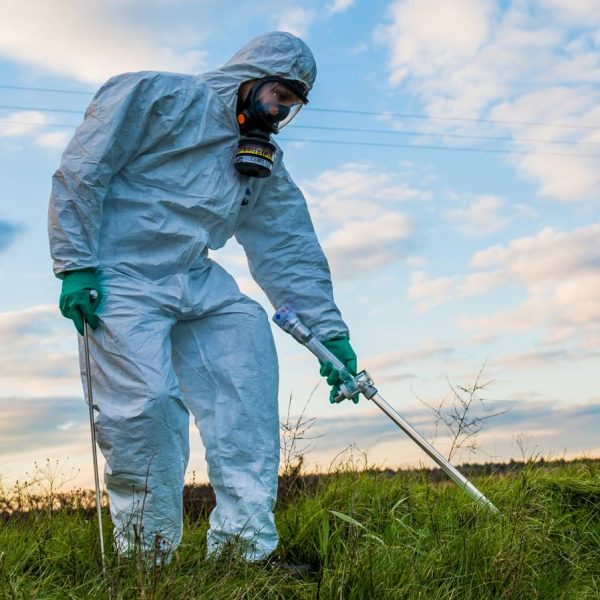Effective pest management is essential for maintaining the health, safety, and comfort of any property, whether it’s a residential home, commercial building, or agricultural land. Comprehensive pest management is more than just a reactionary measure; it involves a proactive and systematic approach that combines prevention, monitoring, and control to manage and mitigate pest issues effectively.
The first step in comprehensive pest management is prevention. This involves creating an environment that is less conducive to pest activity. For residential properties, this means sealing cracks and crevices in walls, floors, and foundations to prevent pests such as ants, spiders, and rodents from entering. Proper sanitation practices are crucial; keeping food stored in airtight containers, regularly taking out the trash, and cleaning up spills immediately can significantly reduce the risk of attracting pests. Landscaping also plays a role; keeping grass trimmed and trees pruned can prevent pests like mosquitoes and ticks from finding favorable habitats close to living areas.

For commercial properties, particularly those in the food service and hospitality industries, maintaining a pest-free environment is not only about comfort but also about compliance with health regulations. Implementing strict sanitation protocols, regular inspections, and staff training on identifying signs of pest activity are essential components. Additionally, businesses may need to work with professional pest management services to ensure they are using the most effective and up-to-date methods.
Agricultural properties face unique challenges when it comes to pest management. Here, the focus is on protecting crops and livestock from a variety of pests, including insects, rodents, and birds. Integrated Pest Management IPM is a critical strategy used in agriculture. IPM combines biological, cultural, mechanical, and chemical tools in a way that minimizes economic, health, and environmental risks. For instance, crop rotation can disrupt pest life cycles, and the use of natural predators, such as ladybugs to control aphids, can reduce the need for chemical pesticides.
Monitoring is the second pillar of comprehensive pest management. Regular inspections and monitoring can help identify pest problems early, before they become severe. This involves looking for signs such as droppings, nests, damage to structures or crops, and the pests themselves. In agricultural settings, monitoring might include pheromone traps and sticky traps to capture and identify pest populations. Technology also plays a role; digital monitoring systems can provide real-time data on pest activity, helping property managers respond swiftly and effectively.
Control measures are implemented once a pest problem is identified. These measures can be physical, such as traps and barriers; visit this page biological, such as introducing natural predators; or chemical, such as the application of pesticides. It is crucial to use these methods responsibly to avoid harm to humans, animals, and the environment. In residential and commercial settings, pest control professionals can provide tailored solutions that address the specific needs and vulnerabilities of each property.
